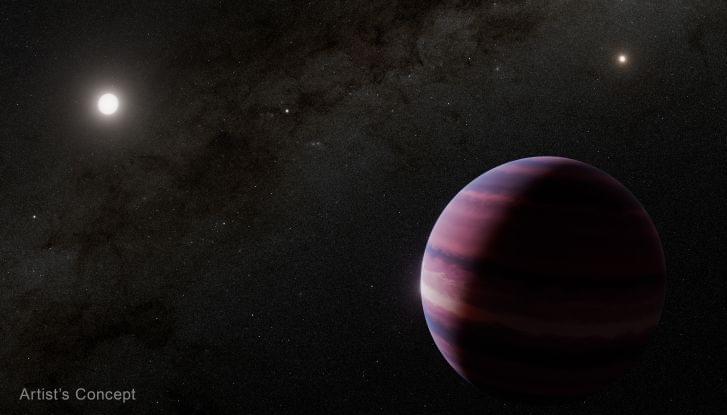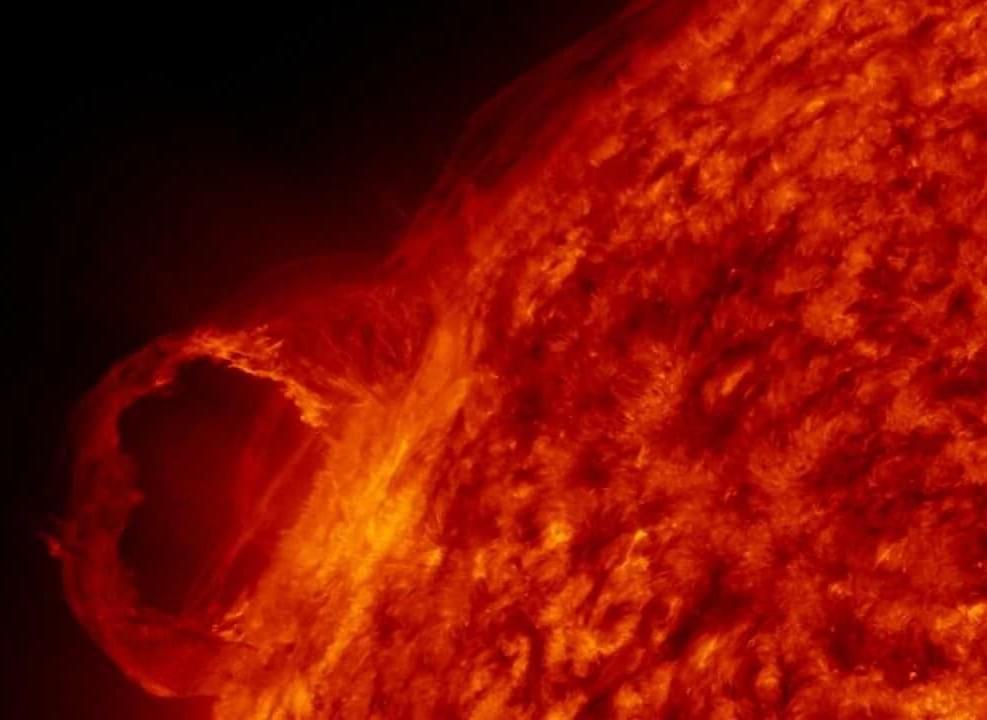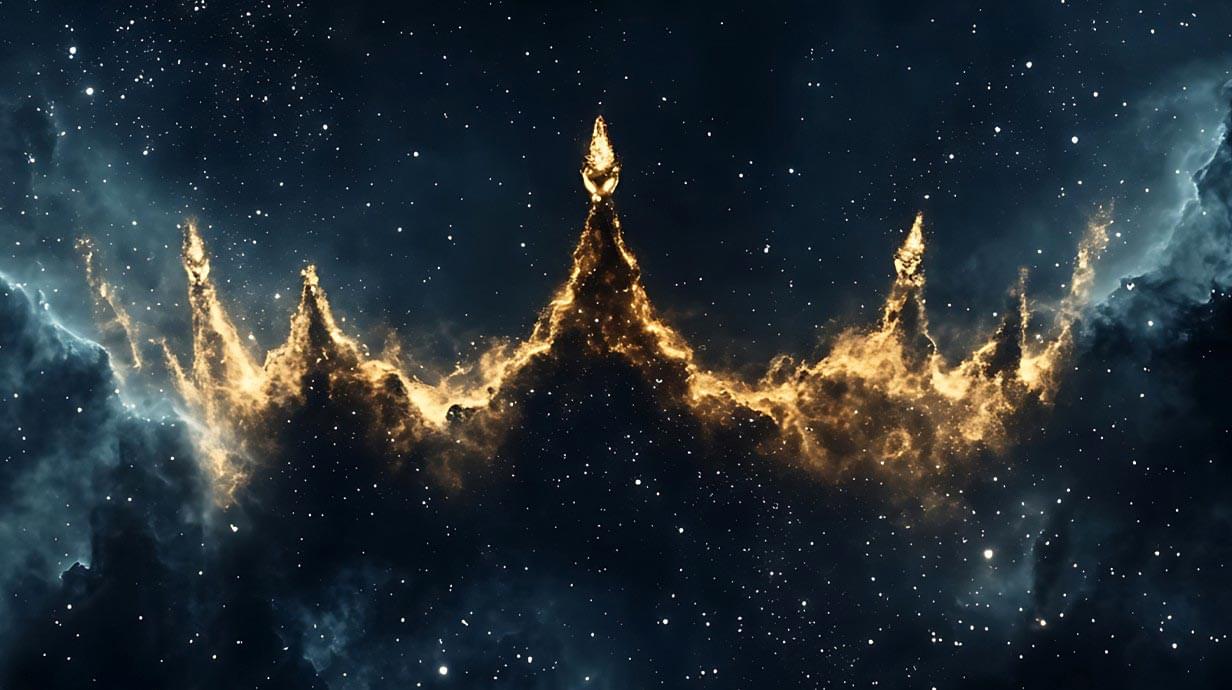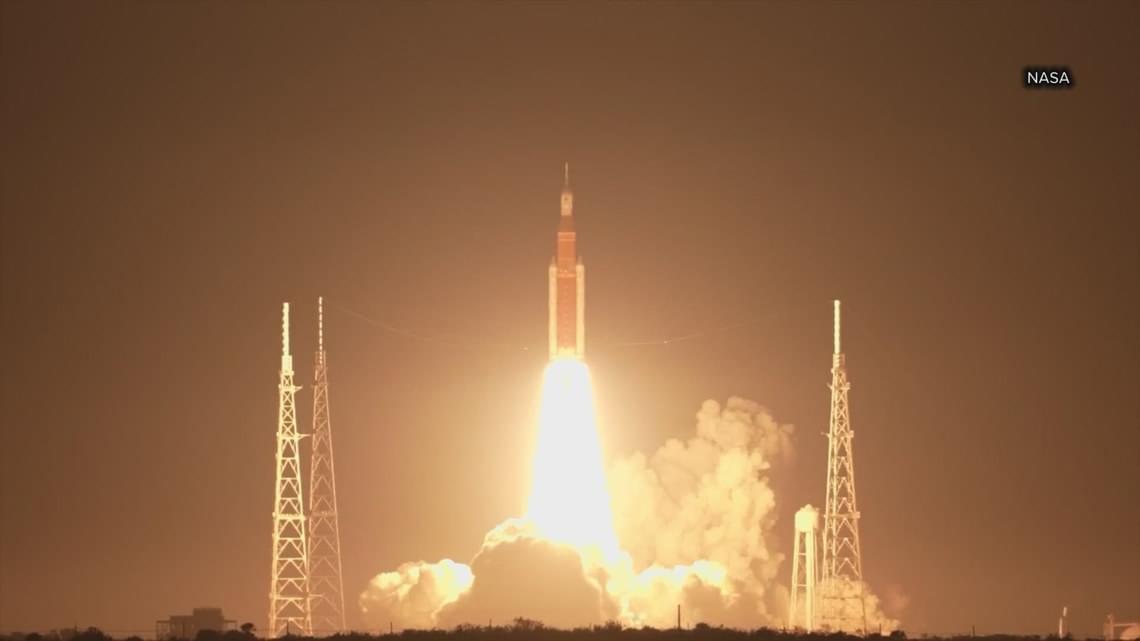How close to Earth could we find the next Earth-like exoplanet? This is what two papers accepted in The Astrophysical Journal Letters hopes to address as a | Space


Support this channel on Patreon to help me make this a full time job: https://www.patreon.com/whatdamath (Unreleased videos, extra footage, DMs, no ads)
Alternatively, PayPal donations can be sent here: http://paypal.me/whatdamath.
Get a Wonderful Person Tee: https://teespring.com/stores/whatdamath.
More cool designs are on Amazon: https://amzn.to/3QFIrFX
Hello and welcome! My name is Anton and in this video, we will talk about new evidence for a large planet in the Alpha Centauri system near us.
Links:
NASA’s Webb Finds New Evidence for Planet Around Closest Solar Twin
https://arxiv.org/pdf/2508.03814
https://arxiv.org/pdf/2508.03812
https://iopscience.iop.org/article/10.3847/2515-5172/add880/meta.
Other videos:
#alphacentauri #planet #jameswebbspacetelescope.
0:00 Alpha centauri surprise!
0:40 What we know about the star system so far.
2:57 Potential detection in 2019
3:35 Why JWST is so good at this but there were still challenges.
4:55 Methods used to observe this star.
5:30 Surprise results and the initial analysis.
8:00 Non detection at later dates was important! Orbits worked out.
9:15 What we know about the planet so far.
11:30 Could this be rings?
12:30 What this implies and conclusions.
13:30 What’s next?
Enjoy and please subscribe.
Bitcoin/Ethereum to spare? Donate them here to help this channel grow!
bc1qnkl3nk0zt7w0xzrgur9pnkcduj7a3xxllcn7d4
or ETH: 0x60f088B10b03115405d313f964BeA93eF0Bd3DbF
Thank you to all Patreon supporters of this channel.





A research team from the Yunnan Observatories of the Chinese Academy of Sciences has shed new light on the magnetic reconnection process driven by rapidly expanding plasma, using magnetohydrodynamic (MHD) numerical simulations. Their findings, published recently in Science China Physics, Mechanics & Astronomy, reveal previously unobserved fine structures and physical mechanisms underlying this fundamental phenomenon.
Magnetic reconnection—a process where magnetic field lines break and rejoin, releasing massive energy—is critical to understanding explosive events in plasmas, from laboratory experiments to solar flares and space weather.
The team focused on how this process unfolds under rapid driving conditions, examining three distinct reconnection modes: flux pile-up, Sonnerup, and hybrid. These modes, they found, arise from variations in gas pressure and magnetic field strength within the inflow region, where plasma is drawn into the reconnection site.


From Descartes to The Matrix, the idea that reality might be a simulation has long fascinated and terrified humanity. Elon Musk recently argued that the simulation hypothesis is most likely true. But if that’s the case, might there be a way to escape back to the real world? Join leading computer scientist Roman Yampolskiy as he argues that if we are living in a simulation, we can also hack our way out of it.
